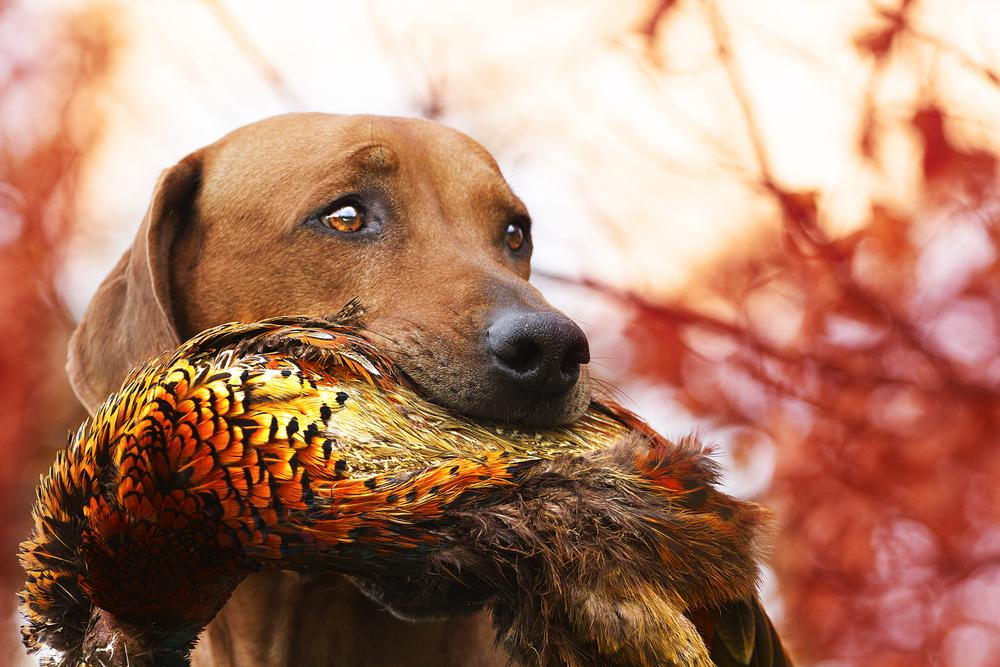RAW-tch Out!

- posted: Oct. 28, 2019
With growing interest in feeding raw diet, it's important to remember that it may not be the best option for your pet; it’s dependent on each patient. Some pet food companies market that dogs are descendants of wolves; therefore, they should be fed like wolves. However, we have to consider a few other factors before proceeding with feeding purely raw diets. These include:
1. Does my companion NEED to be on a raw diet?
If there's no issue with the current food they're on, why the sudden change? Some patients have exhausted commercial and prescription diets, so they resort to feeding raw diets to manage chronic issues. However, if you are interested in transitioning to raw diet, please be aware that raw foods sold commercially are NOT regulated by the Canadian Food Inspections Agency (CFIA). Please search for the Association of American Feed Control Officials (AAFCO) certified diets if you are purchasing raw diets commercially.
2. Is it a WELL-BALANCED meal?
It's very important to remember that serving a bowl of raw chicken is NOT a balanced meal. Similar to human nutrition, our furry companions also need minerals and vitamins to support healthy bodily functions. Despite feeding a copious amount of protein, this may lead to a malnourished puppy or kitten without the proper research.
3. How do you plan on HANDLING the raw meat in your house?
In every kitchen, it is wise to take precautions when handling raw meat to limit the risk of spreading infectious pathogens. Take precautions, such as: thawing meats in the refrigerator or microwave; avoid spilling raw juices onto counter surface areas; if your pet doesn't eat all off the meal right away, place the food back into the refrigerator or dispose of it appropriately. Also, remember to remove all bones or bone fragments from the meal to eliminate the risk of broken teeth and perforation of the digestive system.
4. Are there any CHILDREN or SENIORS in the household? (Risk of spreading bacterial infections, such as salmonella, E. coli., campylobacter, and more)
These infections not only affect children or seniors, but also healthy adults. Symptoms may not show immediately in your pets; however, they can still be transmitted by saliva (licks) and by contamination. There will be constant risk of spreading the infection to others. This is especially important to remember if you regularly visit or work in the health industry. Symptoms in pets and people include (but are not limited to): vomiting, diarrhea, mucous in stool, fever, lethargy, loss of appetite, and miscarriage in pregnant women and dogs.
To discuss in further detail about raw diet versus kibble diet, please speak with your veterinarian.
- Charlene, R.V.T.
Location
Find us on the map
Office Hours
8:00 am - 9:00 pm
8:00 am - 9:00 pm
8:00 am - 9:00 pm
8:00 am - 9:00 pm
8:00 am - 9:00 pm
9:00 am - 5:00 pm
Closed

